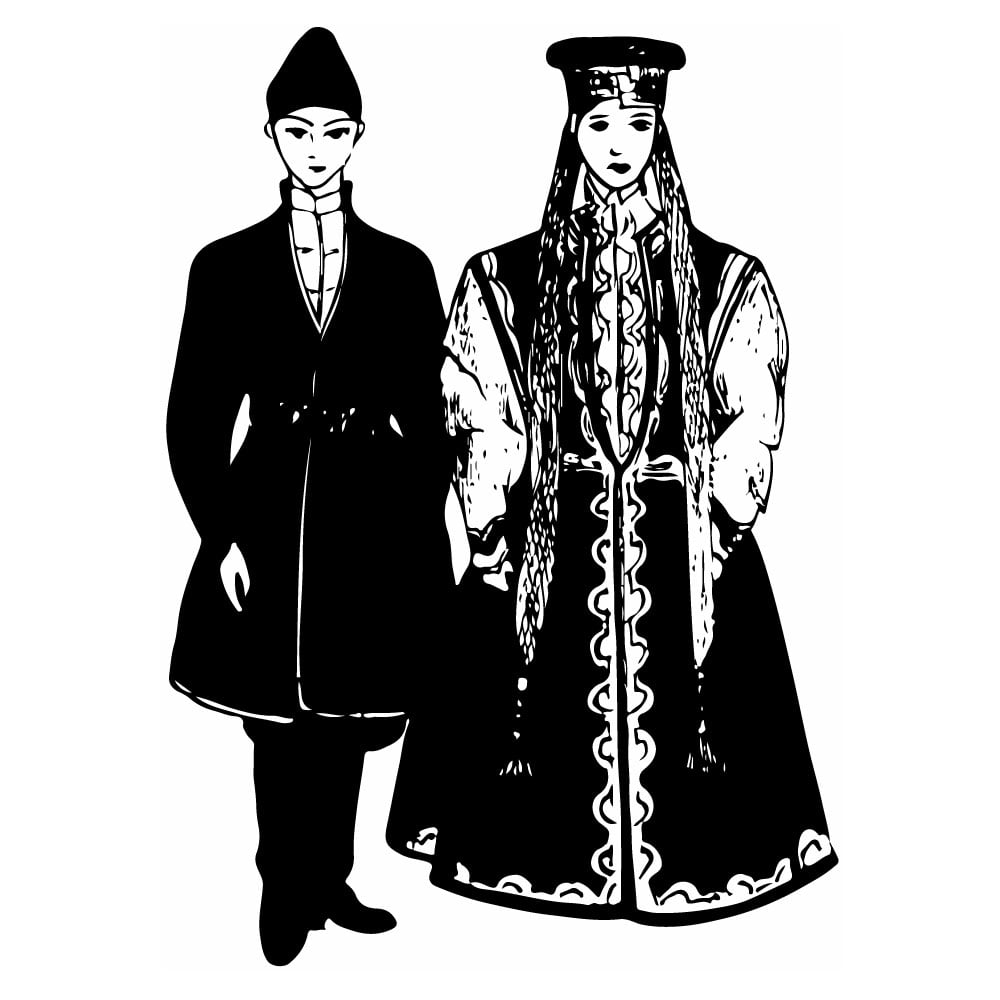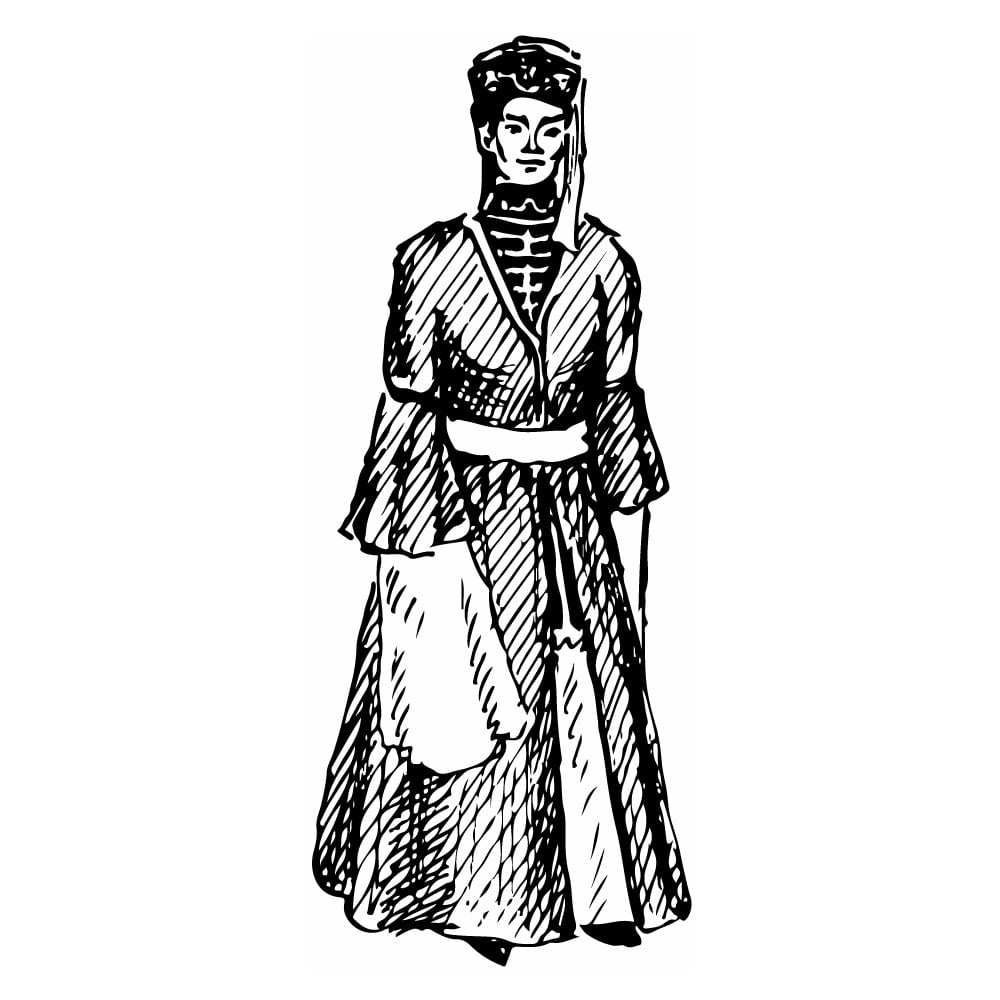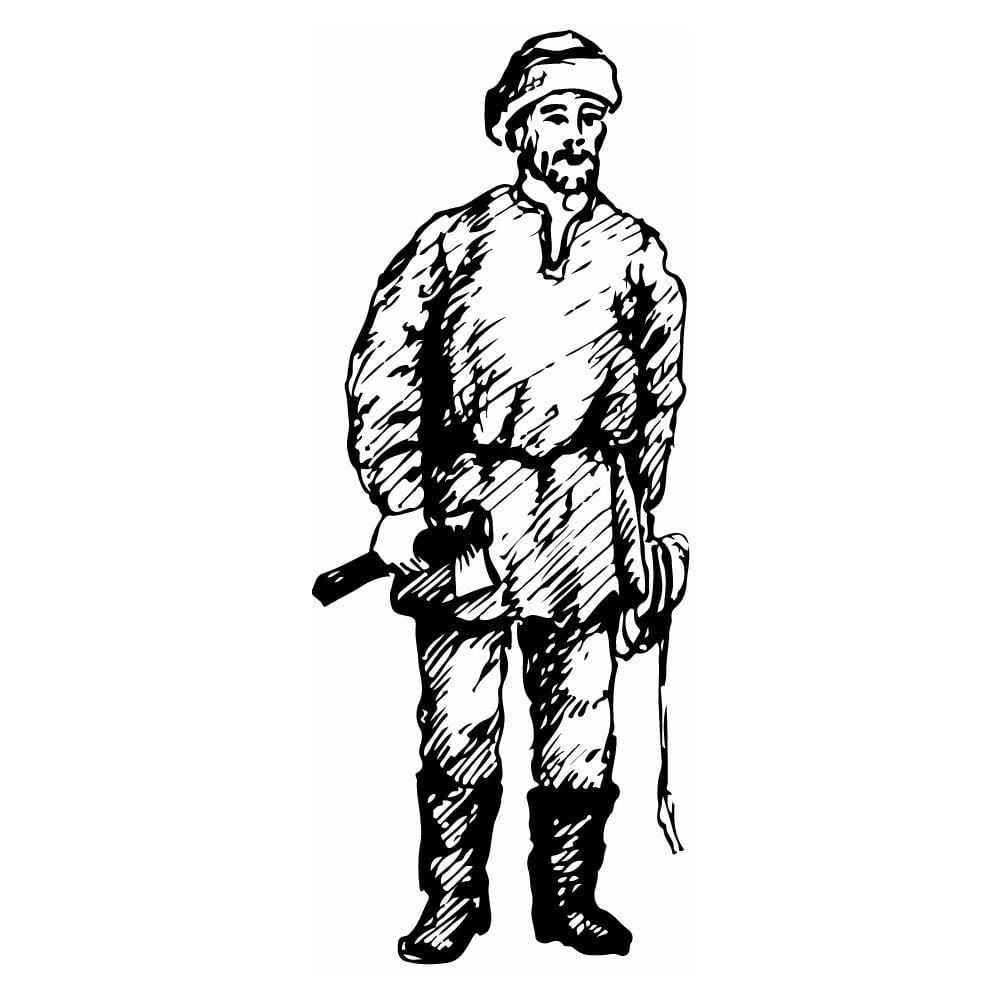Nanai
| Population | 12,000 |
| Language group | Tungus-Manchurian |
| Language | Nanai |
| Region | Lower Amur River and its tributaries |
| Religion | Shamanism |
*Population estimates for 1994
The Nanai (Nanaytsy or the old name Goldy) are the people inhabiting mainly the banks of the Lower Amur River and the Ussuri River tributaries. A small group of the Nanai lives in China on the territories between the Ungari and Ussuri rivers. The word “nanai” can be translated as “a native; local inhabitant.” The problem of the Nanai origin is very complicated. Among the Nanai groups there is one that is considered to be original. There are reasons to suppose that the Manchurians, as well as other people groups, constituted the Nanai. The Nanai include many ethnic clusters having common descent with the Chinese.
Local economy of the Nanai developed in two directions: the Lower Amur River inhabitants were primarily engaged in fishing, while the Amur tributaries people preferred hunting. Blacksmith work was the most popular home industry. Under the influence of Manchurians and Chinese, the Nanai developed skills and art of iron processing. The Nanai were excellent masters in boat building, manufacturing sledges, and other items.
Predominant industries with different Nanai groups determined the material of which clothes were made. The Amur tributary inhabitants who preferred hunting for fishing made their clothes of deer and elk skin. The fishermen of the Lower Amur River sewed their dress of fish skin. Trade contacts with the Chinese favored penetration of Chinese clothes to the Nanai territories.
The following were the main items of the Nanai men’s and women’s clothes: a robe (tetue), girdle (omol), narrow short trousers (peru). A specific breastplate with metallic pendants was the integral part of women’s clothes. In winter they wore several robes as well as cotton and fur clothes.
The Nanai had different highly developed kinds of art, such as folklore, painting, and music. The main genres of verbal folklore were legends and fairy-tales. Applied art was mainly presented by decoration craft.
Before the Great October Socialist Revolution (1917) the Nanai were considered to be Orthodox, but Christianity did not spread very well among the people. Shamanism was still the predominant religion. There was also considerable influence of Chinese and Manchurian traditions. The Nanai worshipped bears. They also believed in spirits possessing particular shapes and capable of traveling. A shaman was the middleman between the worlds of spirits and people. His main functions were treating the sick, future professing, and accompanying the souls of the dead to the highest spirits.
This is Ad 1





























